The Risorgimento and the revolutions of 1848 in Vicenza
Far from decapitating the liberal movement as the Habsburgs had hoped, the failure of the anti-Austrian insurrections of 1821 and 1831 and the subsequent repression accelerated the formation of an elitist public opinion.
The adventurism that had characterized the actions of sectarian groups was replaced by a different awareness of the objectives to be achieved and the enemy to be defeated.
1848 saw the outbreak of a revolt in Lombardy and Veneto, which was not without strong motivation. The lack of freedom weighed particularly heavily on the intellectual and professional bourgeoisie and the more enlightened aristocracy. Political life was rendered sterile, and every non-conformist cultural activity was stifled. It was a stark contrast to neighboring transalpine nations, where liberalism was increasingly asserting itself in institutions and political customs.
Concurrent with and as a consequence of European events and the news of the Revolution that broke out in Vienna in March 1848, Milan, Venice, and other cities in Lombardy-Venetia rose up. The Austrian garrisons quickly retreated to the safe fortresses of the Quadrilatero.
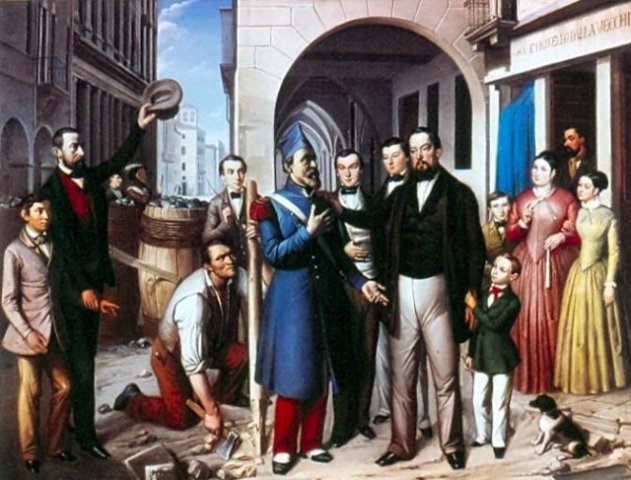
Pietro Negrisolo (Nove, Vicenza 1813 - Vicenza 1890) Storia vicentina. Maggio 1848
Image Gallery
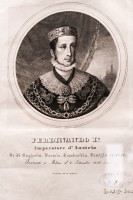 |
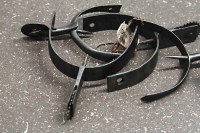 |
 |
 |
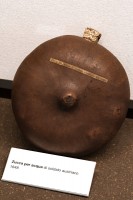 |
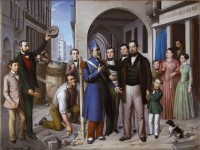 |
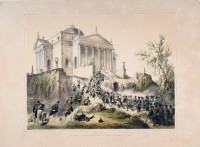 |
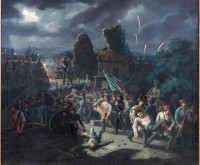 |
 |

